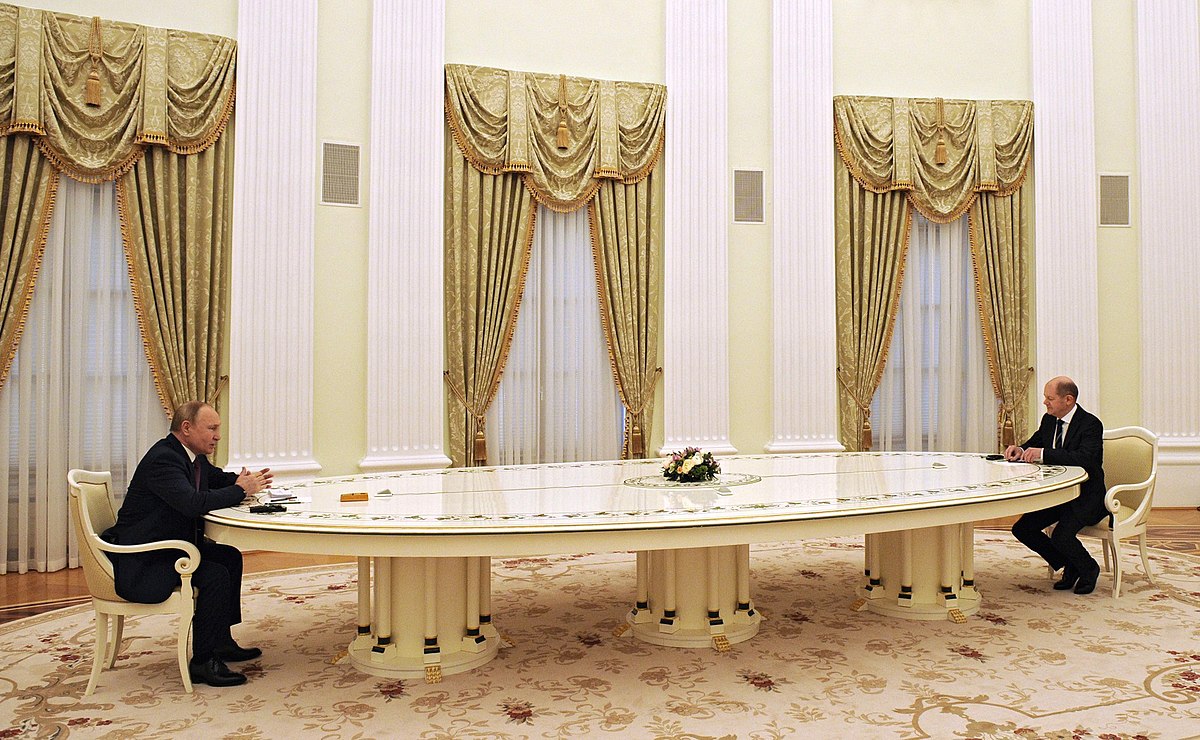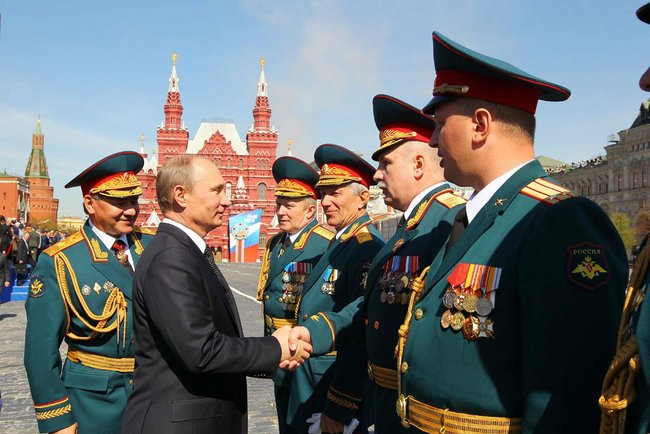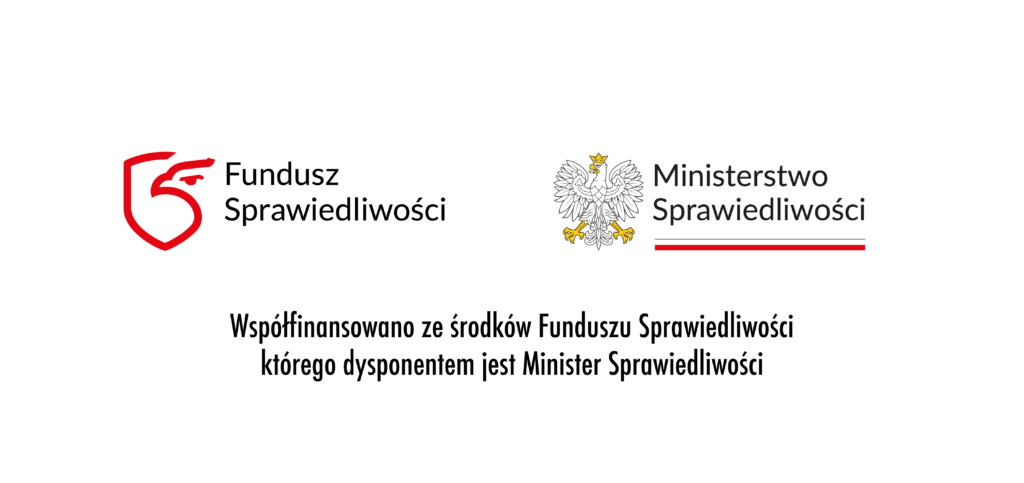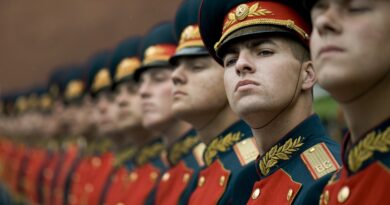Anatomy of the “Russian mir”

“The End of the Russian Mir” (Koniec ruskiego miru) is a must-read for all those who want to understand the ideological assumptions of Putin’s state
Piotr Semka
Russians often complain that foreigners like to make statements about them, while, they claim, “don’t know them at all.” Piotr Skwiecinski was until a year ago the head of the Polish Institute in Moscow. After the outbreak of the new phase of the Russian-Ukrainian war, he was expelled from the Russian Federation as part of diplomatic repression. But before that, he had time to read Russian nationalist ideologues of the Putin era, become interested in what Russian desserts look like, and tried to put it all on paper. And that’s how “The End of the Russian Mir? On the Ideological Thoughts of Russian Aggression,” came to life, which was published by the distinguished Teologia Polityczna.
Skwiecinski begins by recalling the figure of Walter Schubart. This now-forgotten German philosopher of culture and religion became enthralled with Russian culture, and today is an idol of Russian nationalists. He is often quoted by the supposedly favorite philosopher of Patriarch Kirill – Sergei Pervezencev.
Kwiecinski recalls Schubart’s words: “For 1,000 years Russia, as an independent civilization, has been preparing for only one, but the most important act: the battle with the Antichrist.” And Pervezencev adds, “Russia was ready even to die alone, but to save the just cause and thus gain resurrection and eternal salvation. And in this is contained the meaning of Russia’s existence.” Pervezencev today supports a special military operation against Ukraine. He makes it clear that what Russian troops are doing in Donbass is part of this final battle against the Antichrist. This is the message of the book, whose purpose Skwiecinski describes as follows: “I wanted to draw attention to what has rarely been paid attention to lately – to the deeper foundations, to the source of Russian behavior now, to the intellectual sources of the boot.”
THE TURN AWAY FROM PETER THE GREAT
The process that has been unfolding before our eyes for more than a decade is, in Piotr Skwiecinski’s opinion, another embodiment of Russian thinkers’ tendency to reject the Western heritage. Russian Orthodox Church ideologue Sergei Pervezencev, who has already been quoted, laments that for the past 30 years, government institutions and media have been spreading Western values among Russians. As the author writes: “It’s ultimately – no more, no less – about what Russians call a retreat from Peter. About questioning the election of Peter the Great. About taking Russia back to the time before his reforms. Not in terms of technology, of course, but in terms of ideology.”
Poles don’t really understand these slogans. Our view of Peter the Great’s reforms is formatted by Mickiewicz in his harrowing descriptions of imperial St. Petersburg. A Pole looks at the brutal attaching of 18th-century Russia to the West as a rogue-reform that imitates the Western form while maintaining a quasi-Asian savagery. Poles are convinced that Russians, by adopting Western models, were committing a deliberate political deception aimed at fooling the West to stop seeing Russia as a foreign, threatening beast. Russians look at Peter the Great very differently. Those who are pro-Western praise him as a ruler who confronted Russian dumbness. But those who maintain a deep distrust of the West are wry about Peter as a despotic ruler who broke with Russia’s nearly 1,000-year-old heritage. This is a fashionable view today, given that a Russia at odds with the West is turning its face toward China.

Skwiecinski brilliantly shows that Poles and Russians view the St. Petersburg statue of Peter the Great known as the Copper Horseman quite differently. Poles see the statue of the tsar as a fury, someone who unleashes his steed into a wild crawl that must end in a fall. Russians, on the other hand, interpret the silhouette of the monument quite differently. In their eyes, the emperor stops the horse with monstrous force, pulling on the bridle, demonstrating how brutally he can control it.
This rupture with Peter is today a favorite motif of consideration among staunch nationalists and “impers” (a term for Russian imperialists). Until recently, they were in opposition to Putin, but today they see an opportunity to permanently shift Russia toward Asia and gain influence. Skwiecinski describes the views of Russian Academy of Sciences philosopher Anatoly Chernyaev, who explains the need for a “special operation” in Ukraine as follows: “The culprits are our enemies, who for years imposed on us the Western style of thinking, gave lectures, and published books about it.” This lament is accompanied by a virulent remark: “Russia has long wished to insert itself into Europe, where far from everyone was okay with it.”
But not everyone among Russian Putinist ideologues is so harsh toward Peter the Great. For the rejection of the revolutionary czar, while tempting because of his anti-Western leanings, is at the same time a rejection of what is associated with his empire – a sense of power. It is a break from the Russians’ memory that the emperor left their country many times more powerful than when he took power. And these factors are always the most important criterion among those by which they judge their rulers.
This is accompanied by what might be called Russian territorial fetishism. Russians take it for granted that their state must constantly move its borders, even though, after all, it is unable to develop a large part of its existing territory. As Skwiecinski writes, the most important thing for Russians is for the state to be such that no one threatens it now, at any given moment, but where there is even no possibility of anyone ever threatening it. And this is what Peter the Great, despite his efforts, failed to provide. And that is why he is slowly losing his place in the pantheon of Russian heroes.
And who appears in his place? For example, Alexander Nevsky, a 13th century Russian prince who humbly bent his neck before the envoys of the Golden Horde, but was sensitive to the threat from the West. Of course, what more sober historians point out quietly that this is somehow absurd. For the Asiatic overseers drained Russia of its wealth, keeping it primitive, and the Teutonic Knights, who were smashed by Alexander Nevsky on the ice of Lake Peipus, once set out for Russia without planning any conquest at all. Their expedition to the east, which ended in defeat, was just a single prank by one of the commanders.
Today’s Asia is so great because the West is so very scary. And that’s why, in 2021, it was Alexander Nevsky who was chosen by the authorities as the figure whose statue is to be erected in front of the Federal Security Service headquarters in Lubyanka, where a statue of Felix Dzerzhinsky had previously stood until 1991. As Skwiecinski writes: “Dzerzhinsky, as the founder of the Cheka, is recognized, yes, as the founding father of Russia’s secret service and is still revered there today, but he was nevertheless an internationalist. And Alexander Nevsky – or rather, not this real medieval prince, but his virtual image, created by the current state narrative – is a forerunner of Western and even Eurasian ideas. And here’s some last-minute news: The Orthodox Church has recognized Alexander Nevsky as the patron saint of the Russian diplomatic service.”
MISCONSTRUCTION AND MISINTERPRETATION
Kwiecinski, in his typical dispassionate but precise style, describes the various quirks of the Kremlin’s current historical policy. In building a pantheon of heroes, the basic principle is to generate praise for those who took care that Russia was not colonized in the civilizational realm by those whom Putin today calls the “Collective West.”

An illustration of the new trends is the Avenue of the Rulers of Russia of Moscow’s Kitay-Gorod district. It features several rows of busts of successive grand dukes, tsars and Communist Party general secretaries. This “memorial” was built under the auspices of the influential Military-Historical Society, whose head, Sergei Naryshkin, is also the head of the Russian Federation’s intelligence service. In building this bizarre pantheon, the principle of continuity was consistently adhered to. There is everyone from Prince Rurik to Boris Yeltsin. As Skwiecinski writes: “There is Ivan the Terrible, whom the 19th-century tsars (no gentle teddy bears there, after all) were ashamed of, considered a deranged criminal and did not place on the monumental monument to Russia’s 1000th anniversary, which was built at the time. Here, in the Avenue of the Rulers, Ivan stands quietly. He even seems to be especially prized by the Military-Historical Society, because in addition to his bust among other rulers, he has, as the only one, a larger, ‘comprehensive’ monument at the entrance. Not Peter the Great or Catherine, who, whatever one may say about them, greatly strengthened Russia. Not even Stalin. Just Grozny, the one who led the country to the Smuta (Time of Troubles) [a period of political crisis and internal strife in the late 16th and early 17th centuries – Ed.]. But the Smuta doesn’t matter, the important thing is that he became a symbol of the struggle against the West.”
That’s why Skwiecinski isn’t surprised that busts of Nikolai II, the prime ministers of the Provisional Government, Prince Lvov, and Kereinsky are standing next to each other, and Lenin’s is placed further away.
IT’S NOT A RETURN TO THE USSR
Skwiecinski points out that many people in Poland intuitively associate modern Russia and Putin with communism. This is, of course, due to the past of the current uncrowned ruler of the Kremlin. But, as the author of the book writes, “this is a mistaken view and one that leads more to cognitive astray than any accurate diagnosis.” It can result in such bizarre situations in which well-known Polish publicists are astonished that the Bolsheviks are portrayed negatively in films currently being made about the civil war of 1917-1922.
The matter is not so simple. The Orthodox Church, which is very influential in Russia today, is doing relatively a lot to memorialize the victims of communism. A large part of the so-called Memorial Books of the victims of repression have been created as part of the Orthodox Church’s search for testimonies concerning the so-called Novomartyrs, that is, Orthodox Christians, mostly priests, murdered for their faith. But those who see a revisiting of the memory of communism in Russia are not entirely wrong. For here is the same Orthodox Church not too keen on clearly defining who their executioners and the orderers of those executioners were. It most often refers to these crimes by the vague term “the work of Satan,” and even more often by the safe, even more enigmatic and extremely Russian formula: “Misfortune has come upon all.” Servants of the Orthodox Church treat Bolshevism as a national misfortune that affected only Russians. In passing, they are silent about the evil that Soviet Russia inflicted on other nations.
And now another historiosophical fracture. Patriarch Kirill, in his teaching, combines, as it were, melding together, the sacrifice of the Novomartyrs and those who fell in the Great Patriotic War. As the Patriarch of Russia proclaims: “This is a kind of common deed, and perhaps without the first there would be no second.” That is, if the Novomartyrs had renounced their faith, Christ and the Orthodox Church, if they had joined the blasphemers, then perhaps the nation would not have had enough spiritual strength to resist the enemy between 1941-1945. Kirill urges us to see that during the revolutionary and Soviet periods “there was not only blood, and not only the influence of foreign centers, and not only the imposition on Russia of a pattern of life that was foreign to it at the time, but also the people’s striving for justice and solidarity, an example of which is to be found in the Baikal-Amur Railway Magistral built by the Komsomolites.”
“The End of the Russian Mir” is a must-read for all those who want to understand the ideological assumptions of Putin’s state. For the Polish reader, it’s a bit like visiting a terrarium with strange and frightening species of spiders. But sticking with this metaphor, we need to grasp and understand that most Russians see nothing scary in these spiders, or are afraid of them enough not to talk about their fear out loud. And this is perhaps the most frightening reflection after reading this work. I don’t think it would be an exaggeration if we put the book “The End of the Russian Mir” on the bookshelf next to “Letters from Russia” by Marquis Astolphe de Custine. The French traveler, I believe, would read Skwiecinski’s book about the direction Russia has taken more than 150 years since his visit with great interest.
Piotr Skwiecinski
“The End of the Russian Mir? On the ideological sources of Russian aggression” (Koniec ruskiego miru? O ideowych źródłach rosyjskiej agresji)
Teologia Polityczna, Warsaw 2022
This article was published in March 2023 in “Do Rzeczy” magazine.




